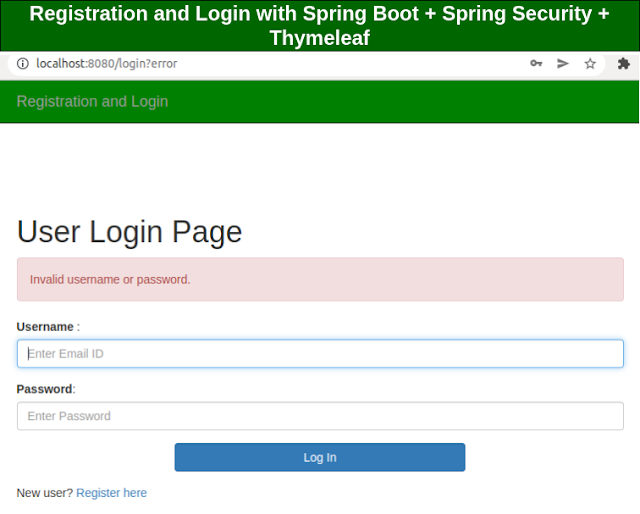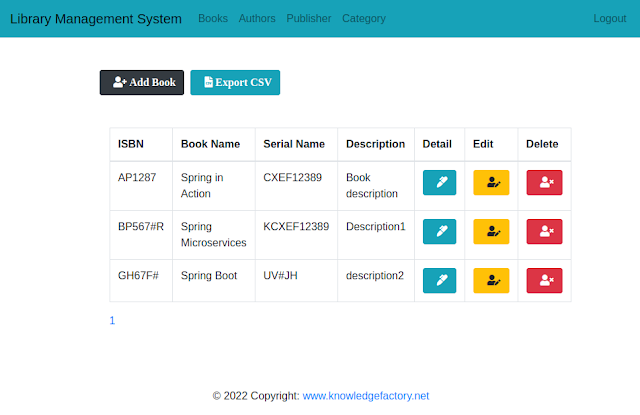Mistral AI Integration with Spring Boot - Guide
Here’s an example of integrating Mistral AI with a Spring Boot application using Spring AI support for generative AI services. This hypothetical example demonstrates how you can set up a simple service that interacts with Mistral AI models for text generation.
Step 1: Setup Spring Boot Project
Create a Spring Boot project:
- Use Spring Initializr to generate a Spring Boot project with the required dependencies:
- Spring Web
- Mistral AI
- Any additional libraries as per your project needs.
- Use Spring Initializr to generate a Spring Boot project with the required dependencies:
Complete
pom.xml:
Step 2: Configure Mistral AI Settings
Add the necessary configuration properties in the application.properties or application.yml file.
Using application.properties
Using application.yml
Replace your-mistral-api-key with the API key provided by Mistral AI. Ensure your API key is kept secure (avoid hardcoding in production).
To obtain an API key for Mistral AI, you would typically follow these steps:
Sign Up / Log In:
- Go to the official Mistral AI website (or platform offering Mistral AI services).
- Sign up for an account if you don't have one, or log in if you already have an account.
Access the Developer Dashboard:
- Once logged in, navigate to the developer or API section of the platform (usually under your account settings or a dedicated "API" tab).
Generate API Key:
- In the API section, you should see an option to generate a new API key.
- Click on the option to create a new key. You may need to specify any permissions or scopes for the key, depending on what access you need.
Copy the API Key:
- After generating the API key, copy it to use in your application.
- Be sure to store it securely (e.g., in environment variables or a secrets manager) as it grants access to your Mistral AI resources.
If you're unable to find specific instructions on the Mistral AI website, their documentation or support team should provide the necessary steps to generate and manage API keys.
Step 3: Create the Mistral Client Service
This service will interact with the Mistral API using the spring-ai-mistral-ai-spring-boot-starter.
Create MistralService Class
Step 4: Create a REST Controller
Expose an endpoint that allows interaction with the Mistral service.
Create MistralController Class
Step 5: Run Your Application
Start your Spring Boot application:
Test the application using tools like Postman or cURL.
Step 6: Test the API
Endpoint:
Request Body:
Using cURL:
Expected Output
The response will be the generated text by Mistral AI based on the given prompt.
Example Response:
Step 7: Secure Your API Key
For production environments:
- Use environment variables or a secure vault service to manage the API key.
- Avoid exposing sensitive keys in version control.
Additional Tips
Error Handling: Add custom error-handling logic to handle cases like invalid prompts, API failures, or invalid API keys.
Logging: Use a logging framework (e.g., Logback or SLF4J) to log errors, requests, and responses for debugging and monitoring.
Unit Testing: Mock the
MistralClientto test theMistralServiceandMistralControllerwithout making actual API calls.
This guide should help you fully set up and integrate Mistral AI into your Spring Boot project.
To access the source code or download the project, visit the GitHub repository:
🔗 GitHub - Spring AI Demo Project
Feel free to clone or fork the repository to get started quickly!
Get Your Copy of Spring AI in Action Today!
🚀 Don’t miss out on this amazing opportunity to elevate your development skills with AI.
📖 Transform your Spring applications using cutting-edge AI technologies.
🎉 Unlock amazing savings of 34.04% with our exclusive offer!
👉 Click below to save big and shop now!
🔗 Grab Your 34.04% Discount Now!










